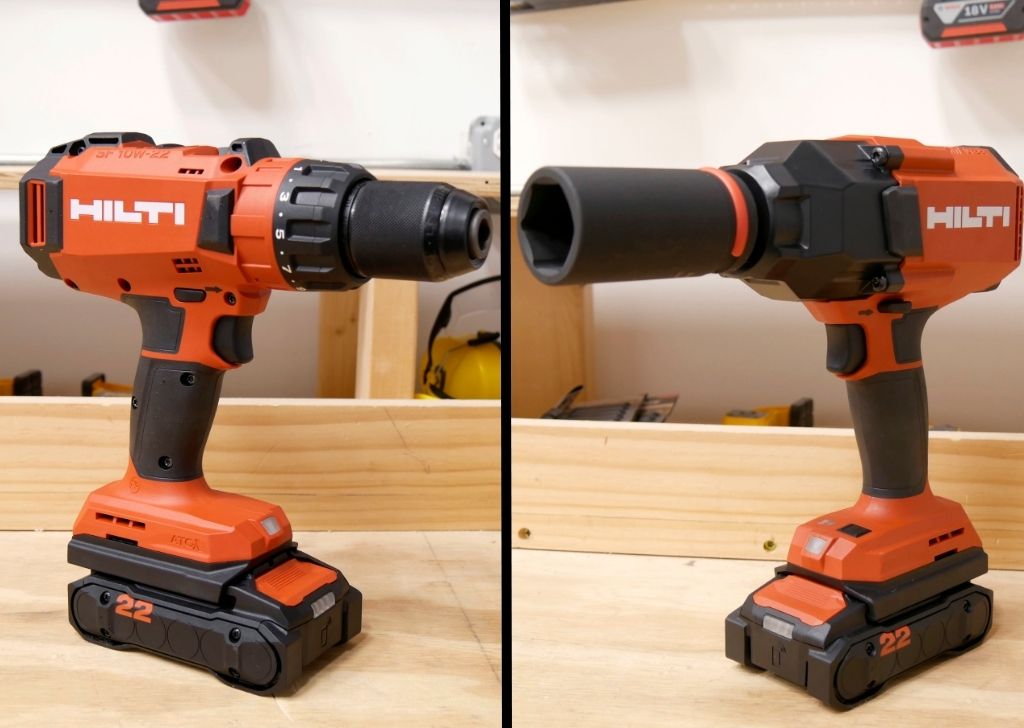Choosing the right cordless power tool brand isn't just about picking the most popular name — it's about selecting the platform that best matches your needs, how often you work, and what kind of work you do. Whether you're a contractor, woodworker, homeowner, or weekend warrior, the right tools make all the difference in how smoothly your projects go and how much you enjoy the work.
Top Cordless Power Tool Brands
Things to Think About Before Picking a Brand
Before you get sold on the first drill set you see, ask yourself these questions:
How often will I use these tools?
- If you're working daily on job sites, durability and runtime matter. If you’re doing occasional home repairs, flexibility and affordability are more important.
What kind of projects do I do most?
- Are you cutting lumber? Installing trim? Running electrical? Landscaping? Make sure the brand has tools in that category.
Do I care about one battery system?
- Sticking with one battery platform saves you money and frustration. Once you commit to a brand, everything you buy can share batteries and chargers.
How important is tool innovation?
- Some brands push the envelope with smart tools, tracking, and compact designs. Others focus on reliable basics.
What’s my budget — and how much does that budget need to stretch over time?
- Buying into a platform is a long-term investment. Think about what your next five tools might be, not just the one you’re buying today.
Making the Call: What's Right for You?
If you're a contractor or tradesperson, you want:
- High runtime
- Tool toughness
- A wide range of job-specific tools
- Strong warranty and service support
Recommended Brands
If you're a DIYer or homeowner, you want:
- Tools that are easy to use
- Affordable batteries and chargers
- Decent performance without overpaying
Recommended Brands
If you're a hobbyist or light-duty user, you want:
- Lightweight tools
- Compact batteries
- A few core tools that work well and last
Recommended Brands
Final Thoughts
The best cordless tool brand for you depends on how you work, what you’re building, and how far you want to grow into a tool platform. Don’t just buy what your neighbor has build your lineup around your needs. Once you commit to a brand, every future tool purchase becomes easier and more affordable because you’re already set with batteries, chargers, and accessories.
If you’re still not sure, start with one tool you know you’ll use a lot like a drill/driver or impact driver and build from there.

